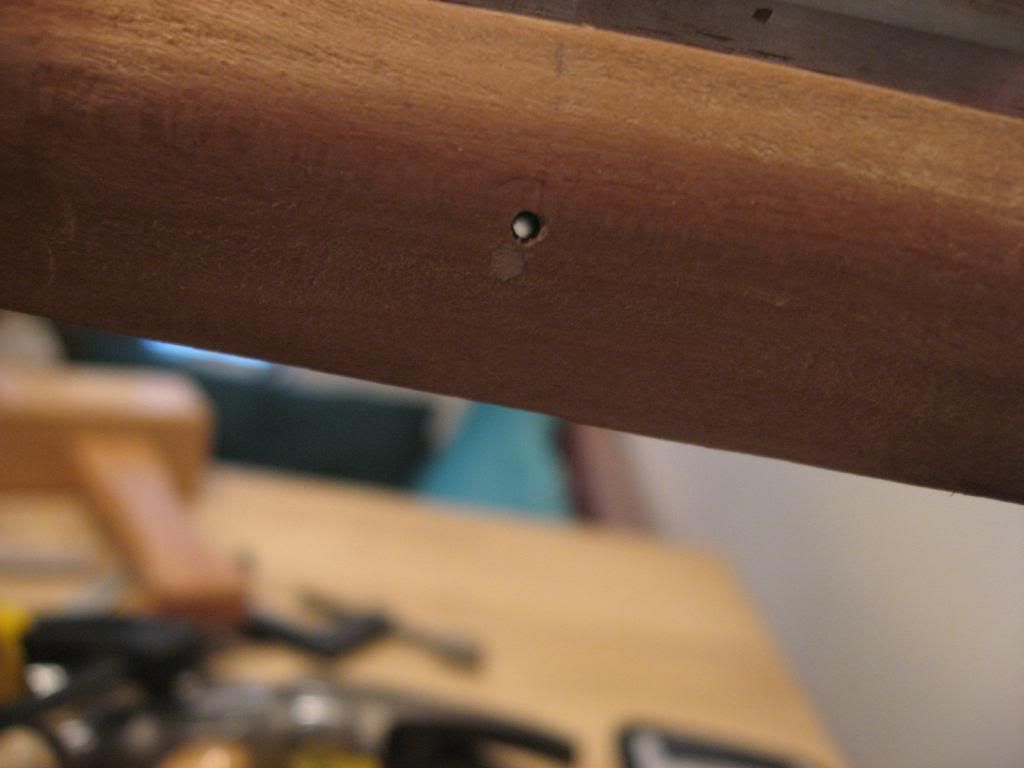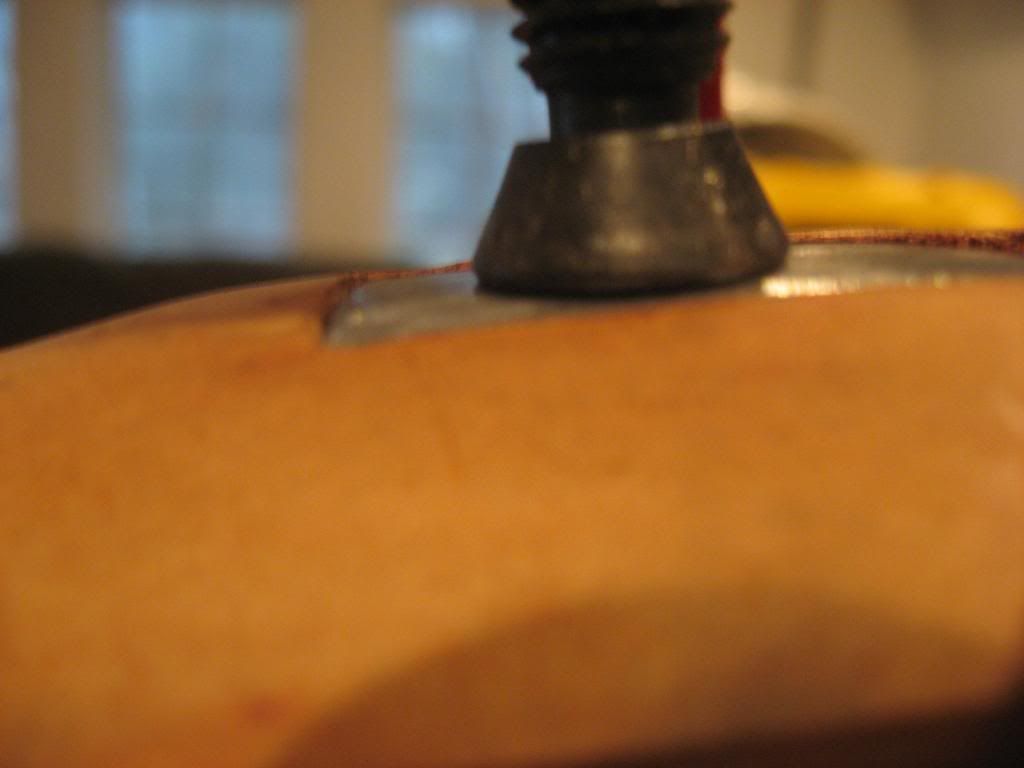Rice tang is thinner than a Colerain. Just looking at the photo, I would bend it a lil more, cause looks like you may have a lil hump at the lug area & may need to round that down some as well.
Or.... Scribe the end of the tang with the wood, lift it out & look at it & see if you are comfortable with it.
I don't like them real thin, as if the barrel would move back at all in recoil, it could chip out at the end of the tang if Very thin.
All that tang is there for is to hold the breech down secure, nothing else, other than looks.
Keith Lisle







